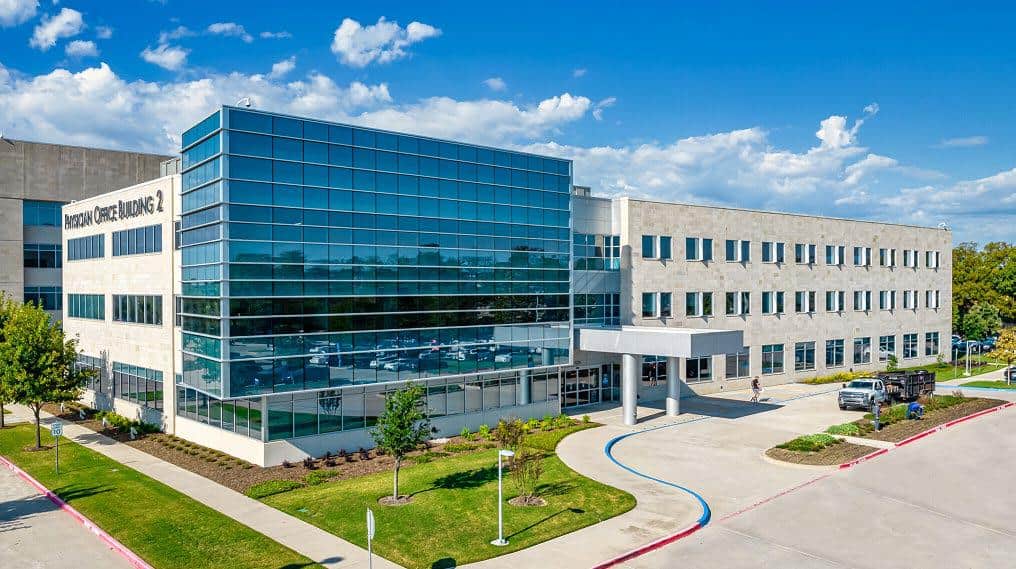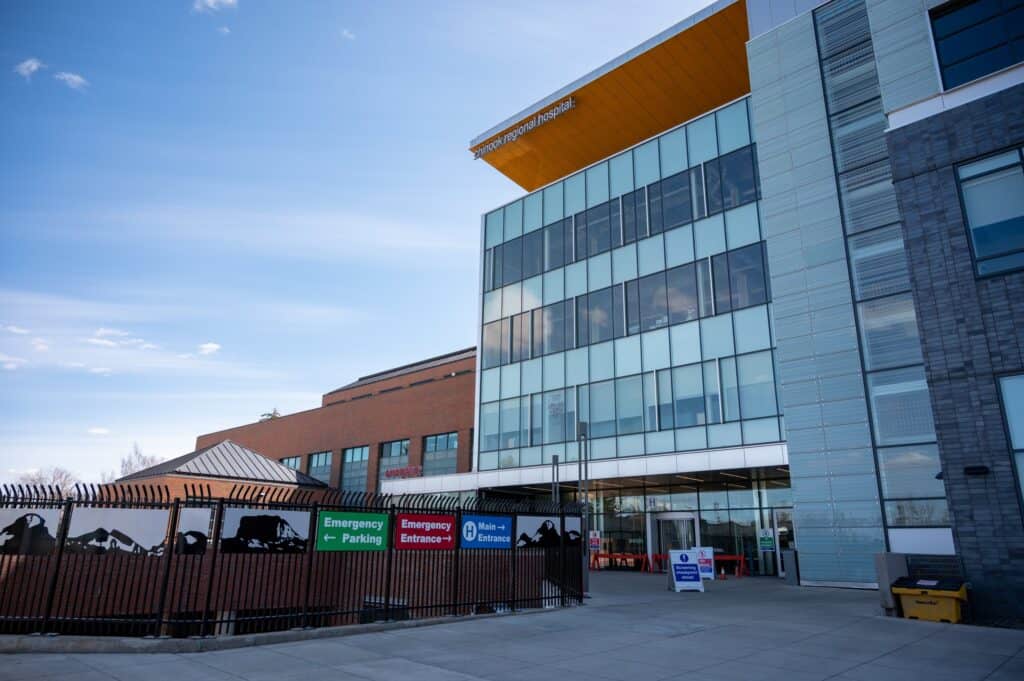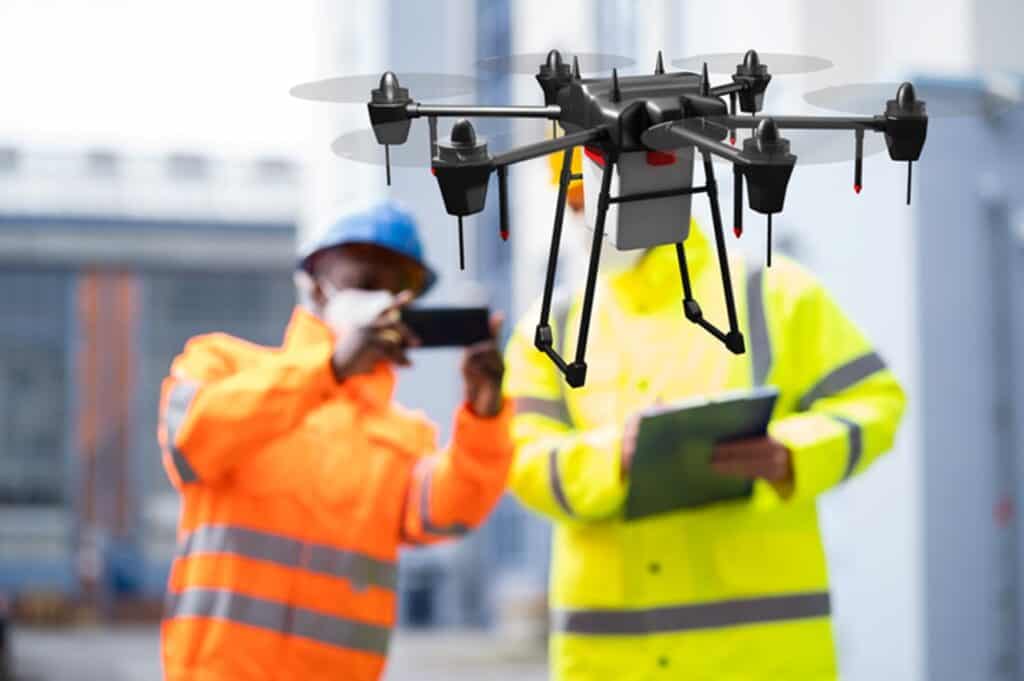The healthcare industry has undergone rapid evolution in recent years, driven largely by technological advances and changing patient expectations. Among the most transformative trends is the widespread adoption of telemedicine—remote healthcare services delivered via digital platforms. Once considered a niche offering, telemedicine has quickly become a mainstream method of care delivery, accelerated by the COVID-19 pandemic and ongoing digital transformation in healthcare.
This major shift presents both opportunities and challenges for Real Estate Investment Trusts (REITs) that specialize in medical office buildings (MOBs). In this article, we examine how the growing influence of telemedicine is reshaping the demand for physical healthcare facilities, its impact on REIT strategies, and how investors and property managers can adapt to ensure long-term resilience.
Understanding Telemedicine: A Brief Overview
Telemedicine refers to the use of telecommunications technology to provide healthcare services remotely. These services can range from routine check-ups and follow-up consultations to chronic disease management, mental health therapy, and even certain diagnostic services.
Telemedicine typically includes:
- Video consultations with physicians or specialists
- Remote patient monitoring using wearable devices or apps
- E-prescriptions and digital record sharing
- Virtual triage systems integrated with AI
- Telepsychiatry and mental health support
The rise of telemedicine has been driven by several converging factors:
- Increased access to high-speed internet and smartphones
- Government policy changes promoting digital healthcare
- Greater patient acceptance, especially post-COVID-19
- Cost efficiency for providers and patients
- Shortage of physicians in rural and underserved areas
The Rise of Medical Office Building (MOB) REITs

Medical Office Building REITs own and manage properties leased primarily to healthcare providers. These properties are typically outpatient care centers, physician offices, diagnostic labs, and specialty clinics. Unlike hospitals, MOBs are generally low-acuity facilities designed for consultations, diagnostics, minor procedures, and ongoing care.
MOB REITs have historically been considered a stable and defensive asset class due to:
- Long-term lease structures with creditworthy tenants
- Essential nature of healthcare services
- Low correlation with economic cycles
- Growing demand due to aging populations
However, the expansion of telemedicine poses a fundamental question: How essential is physical office space in an increasingly digital healthcare system?
Telemedicine’s Disruptive Potential in Healthcare Real Estate
Telemedicine challenges the traditional model of in-person care, which has long justified the demand for physical medical office space. As virtual care becomes more efficient, some services previously conducted in MOBs may no longer require a brick-and-mortar presence.
Areas Where Telemedicine Reduces Space Demand
Primary Care and Routine Consultations
Many general practitioners and family doctors now conduct routine visits online, especially for prescription renewals, minor symptoms, or follow-up check-ins. This reduces the need for waiting rooms and examination rooms.
Mental Health and Therapy
Behavioral health has seen high levels of telemedicine adoption. Psychologists, counselors, and psychiatrists can provide virtual therapy without ever requiring office space.
Chronic Disease Monitoring
Patients with conditions like diabetes, hypertension, or asthma can be monitored through connected devices, with virtual feedback replacing some in-person visits.
Administrative Operations
Billing, insurance verification, and patient communications can be moved to remote workflows, decreasing back-office space requirements.
Telemedicine’s Limits: Where Physical Spaces Still Matter
Despite its transformative nature, telemedicine has limitations. Not all medical services can be delivered remotely, and many specialties still require in-person interaction. This preserves and even enhances the role of physical facilities in specific areas.
Services Requiring Physical Presence
Diagnostic Imaging and Lab Work
X-rays, MRIs, CT scans, and blood work still require physical equipment and patient presence. MOBs housing diagnostic labs continue to serve vital roles.
Surgical and Procedural Clinics
Outpatient surgeries, endoscopy, dermatological procedures, and similar treatments cannot be performed remotely.
Physical Therapy and Rehabilitation
Hands-on therapy and rehabilitation services require space, equipment, and face-to-face care.
Specialist Examinations
Ophthalmology, otolaryngology (ENT), orthopedics, and other specialties require physical exams, imaging, and procedures.
Pediatric and Geriatric Care
Certain populations—like elderly patients or children—often need a physical presence for proper diagnosis and reassurance.
Adapting Medical Office Buildings to a Hybrid Healthcare Model
Rather than replacing MOBs, telemedicine is driving a hybrid healthcare model—one where physical and virtual care coexist. This hybrid approach creates new opportunities for REITs to adapt spaces for the digital age.
1. Flexible and Modular Design
REITs can work with healthcare tenants to design modular office spaces that support both telehealth and in-person visits. For example:
- Smaller exam rooms complemented by telehealth booths
- Shared administrative spaces to support remote staff
- Video conferencing infrastructure embedded in rooms
This approach can reduce a tenant’s total square footage needs while preserving long-term occupancy.
2. Digital Infrastructure Investment
MOBs must support strong Wi-Fi, secure data environments, and telehealth-compatible design. Upgrading to smart buildings and integrating with Electronic Health Records (EHR) systems can make a property more attractive to modern tenants.
3. Creating Medical Hubs
Telemedicine often requires satellite support centers where patients can access diagnostic equipment after a virtual consultation. MOBs can serve as local healthcare hubs, offering imaging, labs, and minor procedures.
These hubs ensure relevance even as consultations move online.
4. Leasing to Telemedicine-Only Operators
Some telehealth companies still require small amounts of physical space—for call centers, data management, and equipment housing. REITs can lease to these new entrants in the healthcare market, expanding their tenant base beyond traditional clinics.
Financial and Strategic Implications for REITs
1. Changing Demand Metrics
Whereas demand for medical space was once measured by population growth and local demographics, it now depends on technology adoption, regulatory frameworks, and provider strategies.
REITs must monitor how each tenant’s service model is evolving. Are they moving toward digital-first care? Are they downsizing their physical footprint?
2. Lease Structuring
Long-term leases remain desirable, but flexibility is increasingly important. REITs may need to offer:
- Shorter lease terms with digital infrastructure incentives
- Shared medical suites for part-time practitioners
- Rent concessions tied to digital transition investments
While shorter leases carry more turnover risk, they also allow for faster adaptation to changing trends.
3. Tenant Diversification
Relying solely on primary care or general practice clinics may become risky as these services go virtual. REITs should diversify by targeting:
- Diagnostic labs and imaging centers
- Surgical and procedure-based practices
- Physical therapy and rehabilitation providers
- Specialty clinics requiring in-person diagnostics
This strategy protects against vacancy risk caused by telemedicine-driven downsizing.
Telemedicine and Regional Variability: The Arab Market Context
In the Arab world, telemedicine is gaining traction but faces uneven adoption across countries. The implications for MOB REITs will vary based on local policy, digital infrastructure, and cultural preferences.
1. United Arab Emirates (UAE)
The UAE has rapidly embraced telehealth, with government-supported platforms like “Doctor for Every Citizen” in Dubai. However, the country also emphasizes medical tourism and luxury care, which still require high-end physical facilities.
MOB REITs in the UAE should invest in mixed-use healthcare spaces that combine in-person services with digital integration.
2. Saudi Arabia
Saudi Arabia is investing heavily in digital health through Vision 2030. Telemedicine is seen as a solution to care gaps across rural and urban areas. However, cultural sensitivities still favor face-to-face consultations in many regions.
MOBs that include female-only clinics, family wellness centers, and private consultation spaces retain high value.
3. Egypt and North Africa
Telehealth adoption is slower due to infrastructure challenges and regulatory barriers. Here, MOB REITs still enjoy a strong demand for physical facilities. However, urban centers like Cairo and Alexandria are ripe for hybrid model implementation, especially among private providers.
4. Gulf Countries
In Kuwait, Qatar, and Bahrain, government healthcare systems dominate but are increasingly incorporating digital options. REITs serving private sector tenants or expatriate-focused providers can benefit by offering telehealth-ready facilities.
Future Outlook: Embracing Innovation in Healthcare Real Estate
The evolution of healthcare is inevitable, and telemedicine is no longer a temporary phenomenon. For MOB REITs, the path forward involves strategic adaptation rather than resistance. Investors and property managers must:
- Monitor healthcare delivery trends by specialty and geography
- Prioritize asset enhancements aligned with digital care
- Maintain long-term leases with tenants in high-acuity care
- Seek partnerships with tech-enabled healthcare companies
By doing so, MOB REITs can maintain occupancy, support healthcare modernization, and ensure their role as a critical component of the care delivery system—both physical and virtual.
Conclusion: Coexistence, Not Competition
Telemedicine will not eliminate the need for medical office buildings—it will reshape how and where they are used. The most successful REITs will be those that acknowledge this transformation early and position their assets to support a hybrid future.
Medical office building REITs are uniquely positioned to act as anchors of hybrid healthcare ecosystems, combining the benefits of technology with the irreplaceable value of physical space. As healthcare providers continue evolving to meet patient demands, REITs must do the same to maintain relevance, profitability, and long-term resilience.










